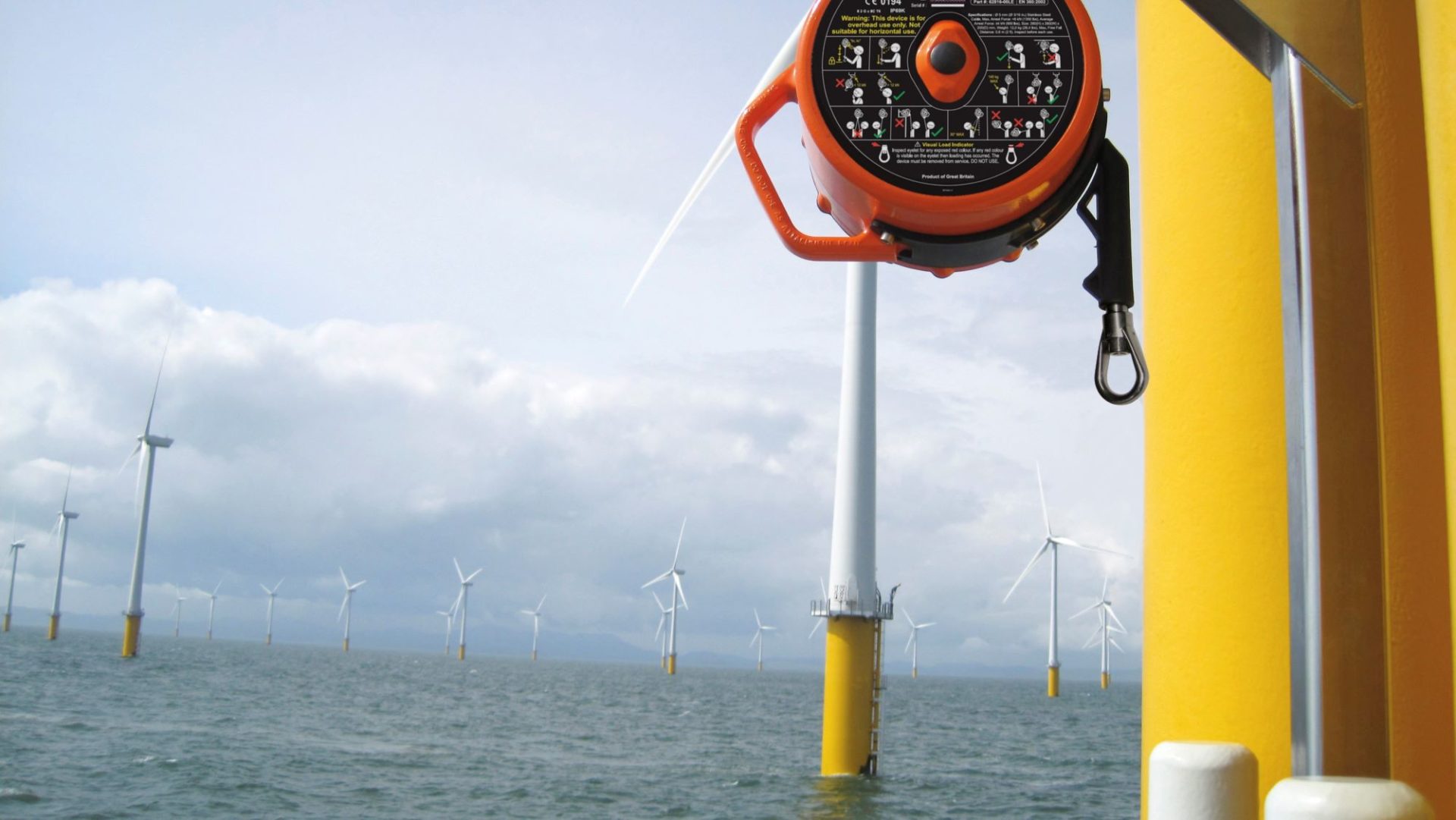For Safe Working At Height Week 2023, Tim Bissett offers a perspective on risk mitigation strategies for workers on wind energy projects.

Working at height is a risky business, and the wind energy sector is no exception. In 2020, more than 500 safety incidents were reported at the UK’s onshore wind farms.
For those responsible for the safety of their workers on wind farm projects, choosing appropriate systems is a huge consideration.
Maintaining turbines can mean workers having to climb as high as 30m. Along with the often-limited access and frequent requirement to work in a confined space, this contributes to workers’ risks.
Therefore, being proactive about safety includes getting all relevant teams fully trained, competent, and comfortable working in these conditions, as well as knowledgeable about the chosen fall protection system and how it operates.
Complying with safety standards
Safety standards vary across different locations and legislations, so it’s important to be aware of which standards you should be paying attention to.
If you’re in the UK and Europe, your safety equipment should meet EN 353-1:2018 (EN 353-1:2014+A1:2017), the newest update to fall protection system requirements.
Some key features of EN 353-1:2018 include:
- Dynamic performance testing – to check the maximum arrest force.
- Cold condition testing – checking locking function in cold conditions.
- Minimum distance testing – to replicate the user falling close to the anchor line.
- Fall-back testing – which replicates the user falling back and down.
- Guide bracket testing – looking at the strength of the bracket and anchor line and the locking function of a fall arrester in the event of a fall.
- Sideways fall testing – to replicate the user falling in a sideways direction.
- Leaning angle testing – considering the locking function of the fall arrester with the anchor line leaning forward and sideways.
- Static strength requirements – testing to check the overall strength of the system.
As this list shows, EN 353-1:2018 is rigorous and it incorporates several dynamic tests that cover many scenarios. Updating to this standard can help give your workers added confidence about their safety when working at height.
Regular checks
After initial selection, consider regular checks of your fall protection systems for elements that could include:
- The expiry dates for compliance certificates of your equipment and systems, and that the life of your system is still in date.
- Regular inspections, including to check wear and tear.
Having simple checks like these in place will help you to increase your control over the systems used by your workforce.
Finally, consider when choosing a fall protection system for wind turbines how simple it is for workers to use. These fall protection systems should balance the users’ accessibility with their needs for relevant applications, for example considering whether a restriction or complex process reduces users’ risks.
Tim Bissett is technical manager at MSA Safety.
Comments
Comments are closed.












You have commented on all the prevention means of falling but what about the rescue once somebody has fallen? Please make sure there is a rescue procedure in place!